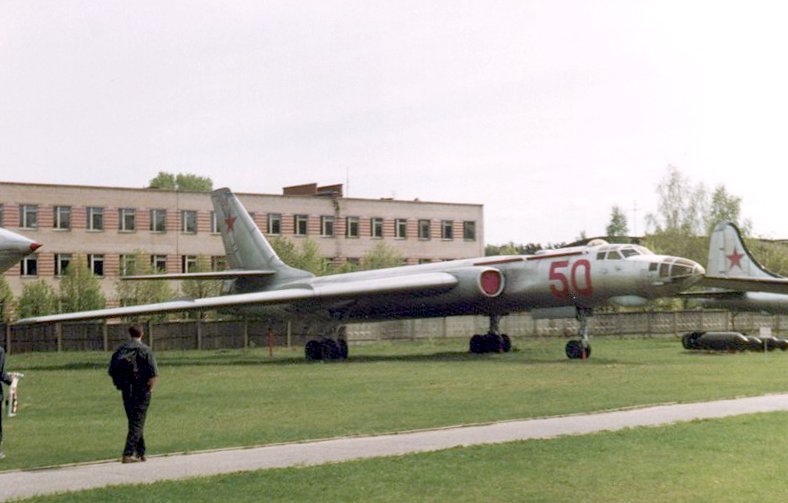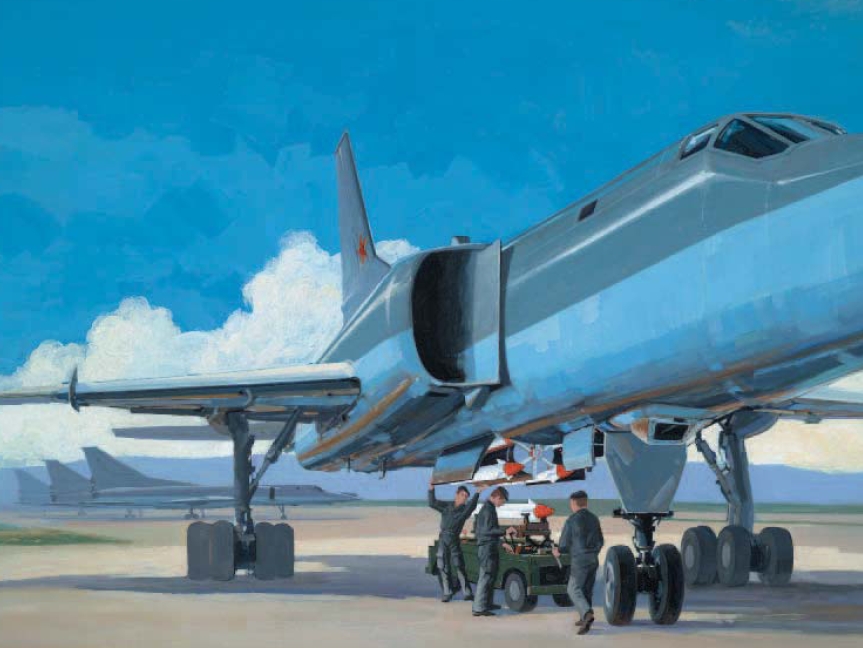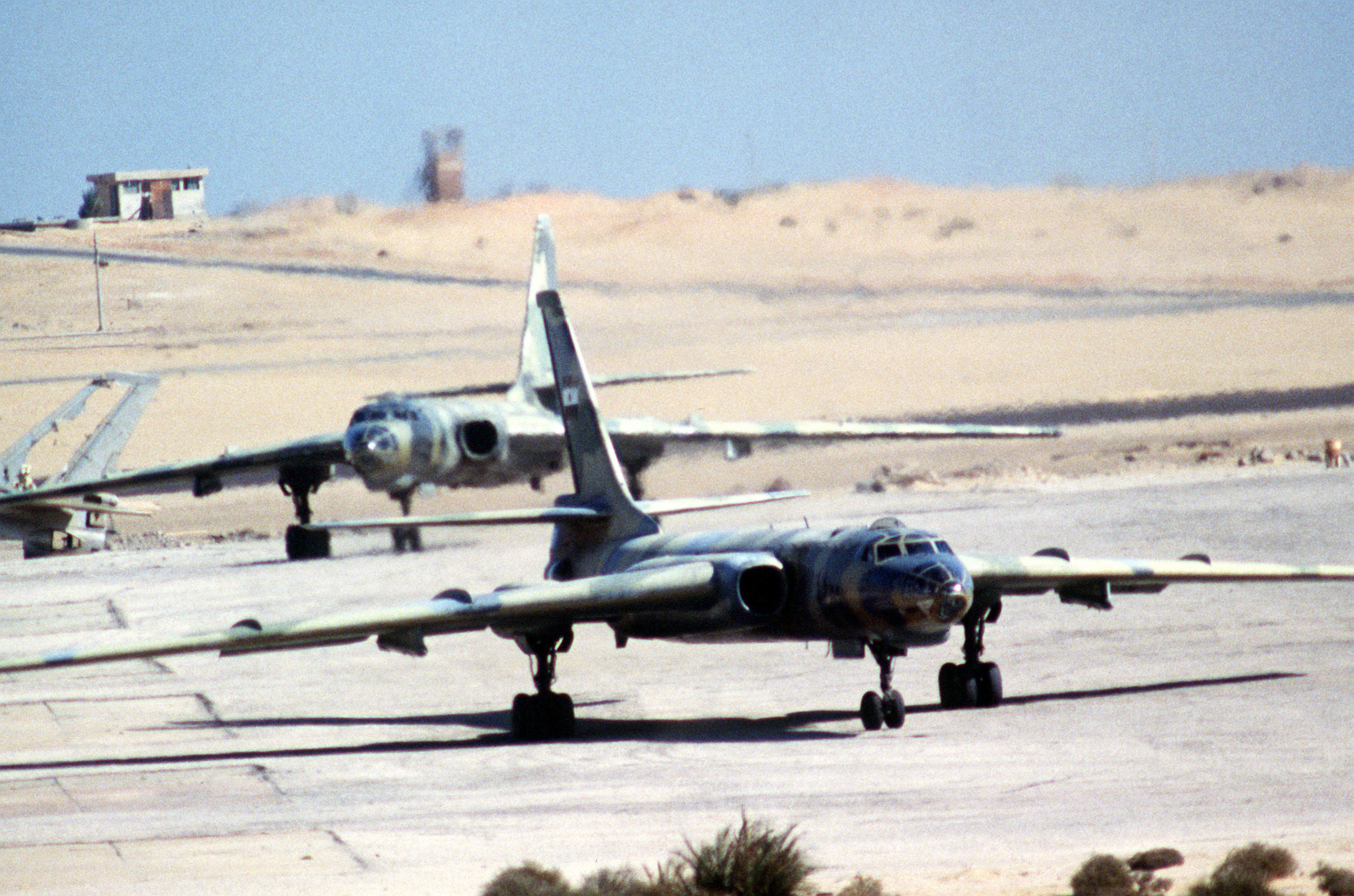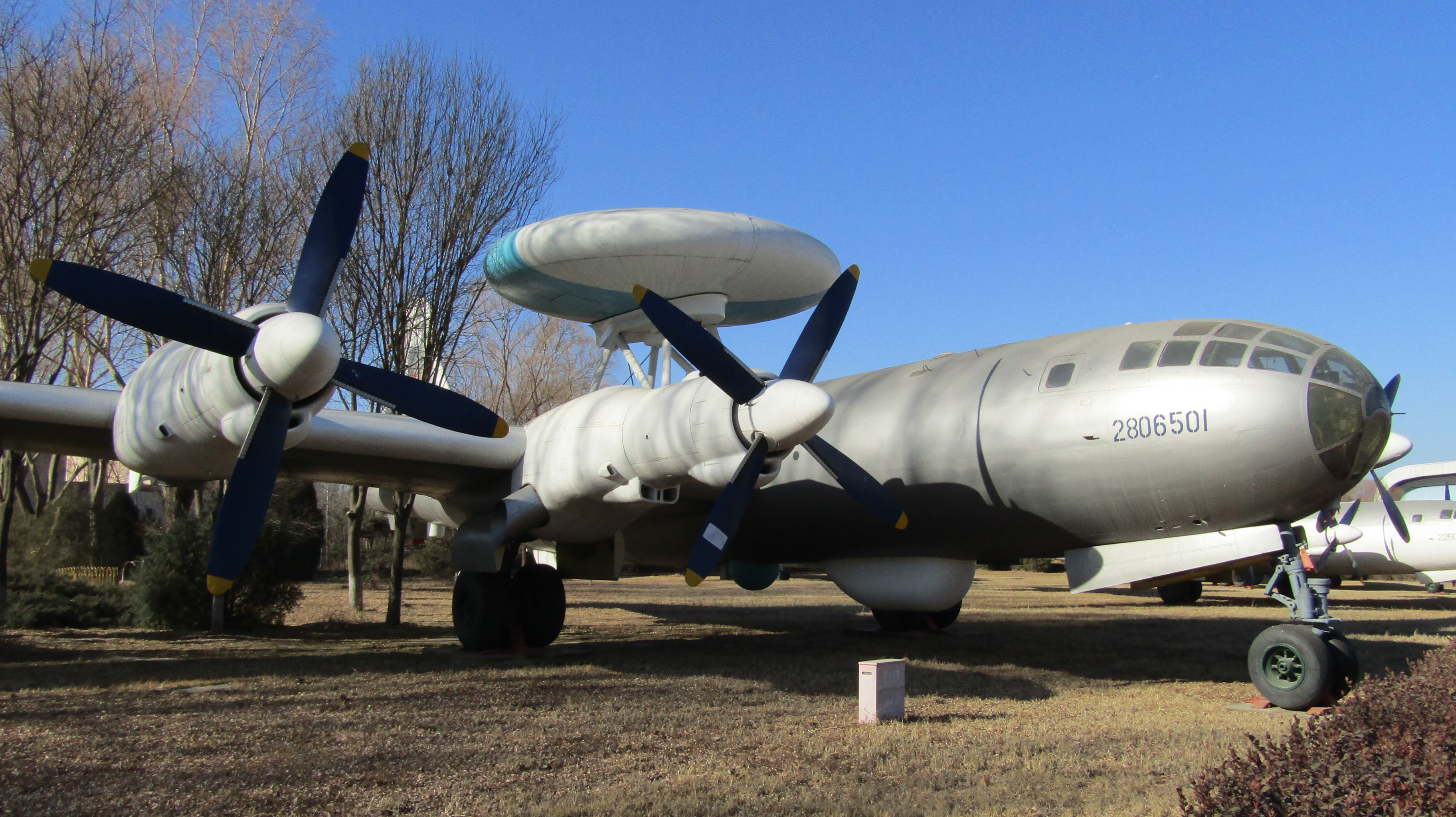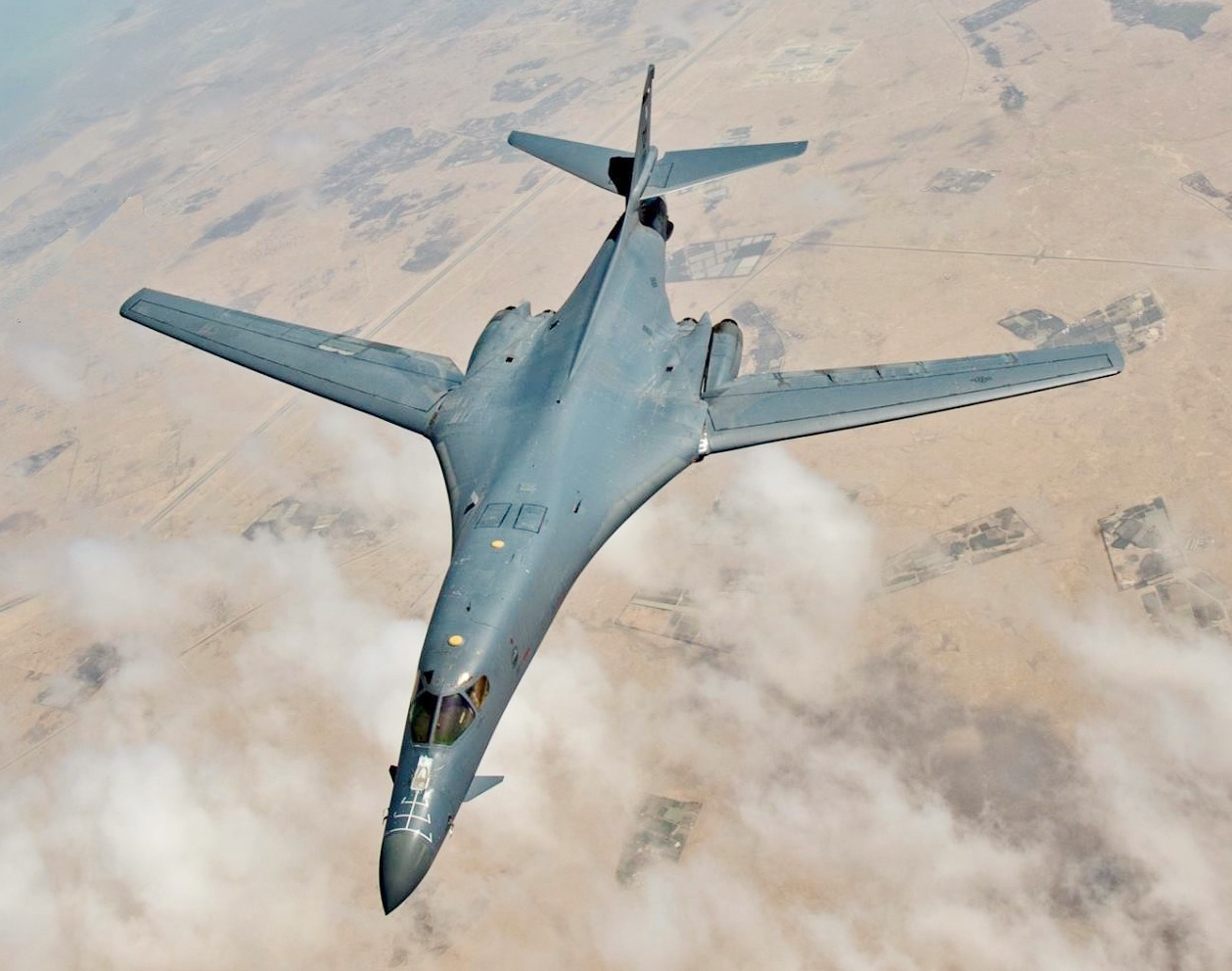|
Babruysk (air Base)
Babruysk Air Base (, ''Aeradrom Babruysk;'' ) is a military Aerodrome, airfield of the 83rd Separate Order of the Red Star Engineer-Aerodrome Regiment of the Air Force of Belarus, Air and Air Defence Force of Belarus, located in the south-western outskirts of Babruysk (Bobruisk), Belarus. The base also functions as a spare airfield. It used to be a Soviet Long-Range Aviation air base. History 1944–1994 After the liberation of Babruysk in the summer of 1944, the airfield was used to provide air support for the further offensive of the Red Army. From the beginning of 1945, the staffing and training of the 330th Bomber Aviation Regiment of the 48th Bomber Aviation Division was carried out at the Babruysk airfield, which never took part in the fighting due to the end of the war and for which the airfield became a permanent base. In the following years, up to 1994, the Babruysk airfield was used mainly by long-range Bomber#Strategic Aviation, bomber aircraft. At the end of ... [...More Info...] [...Related Items...] OR: [Wikipedia] [Google] [Baidu] |
Air Base
An air base (sometimes referred to as a military air base, military airfield, military airport, air station, naval air station, air force station, or air force base) is an aerodrome used as a military base by a military force for the operation of military aircraft. Air base facilities An air base typically has some facilities similar to a civilian airport—for example, air traffic control and firefighting. Some military aerodromes have passenger facilities; for example RAF Brize Norton in England has a terminal used by passengers for the Royal Air Force's flights. A number of military air bases also have a civil enclave for commercial passenger flights, e.g. Beijing Nanyuan Airport (China), Chandigarh Airport (India), Ibaraki Airport (Japan), Burlington International Airport (USA), Sheikh Ul-Alam International Airport Srinagar (India), Taipei Songshan Airport (Taiwan). Some air bases have revetments, hardened aircraft shelters, or even underground hangars, to protect aircraf ... [...More Info...] [...Related Items...] OR: [Wikipedia] [Google] [Baidu] |
1st Air Army (USSR)
__NOTOC__ The 1st Air Army (russian: 1-я воздушная армия) was an Air Army in the Soviet Air Force which served during World War II. It was formed on May 10, 1942, within the Soviet Western Front, and renamed the 26th Air Army on January 10, 1949, in the Belorussian Military District. After the war, it was reformed on July 1, 1957, and was active until 1998. Second World War When it was formed, the 1st Air Army was made up of two fighter aviation divisions (with four fighter aviation regiments each), two mixed aviation divisions (with two fighter aviation regiments, two assault aviation regiments and one bombing regiment each) a training aviation regiment, a long-range reconnaissance aviation regiment, a communications squadron, and a night close-range bombing aviation regiment. Structure 1942 May 10, 1942: *201st Fighter Aviation Division *202nd Fighter Aviation Division *203rd Fighter Aviation Division *214th Assault Aviation Division *215th Mixed Aviation D ... [...More Info...] [...Related Items...] OR: [Wikipedia] [Google] [Baidu] |
Tupolev Tu-16
The Tupolev Tu-16 ( NATO reporting name: Badger) is a twin-engined jet strategic heavy bomber used by the Soviet Union. It has been flown for almost 70 years, and the Chinese license-built Xian H-6 remains in service with the People's Liberation Army Air Force. Development In the late 1940s, the Soviet Union was strongly committed to matching the United States in strategic bombing capability. The Soviets' only long-range bomber at the time was Tupolev's Tu-4 'Bull', a reverse-engineered copy of the American B-29 Superfortress. The development of the notably powerful Mikulin AM-3 turbojet led to the possibility of a large, jet-powered bomber. The Tupolev design bureau began work on the Tu-88 ("Aircraft N") prototypes in 1950. The Tu-88 first flew on 27 April 1952. After winning a competition against the Ilyushin Il-46, it was approved for production in December 1952. The first production bombers entered service with Frontal Aviation in 1954, receiving the service designation ... [...More Info...] [...Related Items...] OR: [Wikipedia] [Google] [Baidu] |
Treaty On Conventional Armed Forces In Europe
The original Treaty on Conventional Armed Forces in Europe (CFE) was negotiated and concluded during the last years of the Cold War and established comprehensive limits on key categories of conventional military equipment in Europe (from the Atlantic Ocean, Atlantic to the Ural Mountains, Urals) and mandated the destruction of excess weaponry. The treaty proposed equal limits for the two "groups of states-parties", the NATO, North Atlantic Treaty Organization (NATO) and the Warsaw Pact. In 2007, Russia "suspended" its participation in the treaty, and on 10 March 2015, citing NATO's ''de facto'' breach of the Treaty, Russia formally announced it was "completely" halting its participation in it as of the next day. History Background In 1972, US president Richard Nixon and Soviet General Secretary Leonid Brezhnev reached a compromise agreement to hold separate political and military negotiations.FEDERATION OF AMERICAN SCIENTISTS"Chronology: CFE Treaty Negotiations and Implementation, ... [...More Info...] [...Related Items...] OR: [Wikipedia] [Google] [Baidu] |
Tu-16
The Tupolev Tu-16 (NATO reporting name: Badger) is a twin-engined jet strategic heavy bomber used by the Soviet Union. It has been flown for almost 70 years, and the Chinese license-built Xian H-6 remains in service with the People's Liberation Army Air Force. Development In the late 1940s, the Soviet Union was strongly committed to matching the United States in strategic bombing capability. The Soviets' only long-range bomber at the time was Tupolev's Tu-4 'Bull', a reverse-engineered copy of the American B-29 Superfortress. The development of the notably powerful Mikulin AM-3 turbojet led to the possibility of a large, jet-powered bomber. The Tupolev design bureau began work on the Tu-88 ("Aircraft N") prototypes in 1950. The Tu-88 first flew on 27 April 1952. After winning a competition against the Ilyushin Il-46, it was approved for production in December 1952. The first production bombers entered service with Frontal Aviation in 1954, receiving the service designa ... [...More Info...] [...Related Items...] OR: [Wikipedia] [Google] [Baidu] |
Tu-22M3
The Tupolev Tu-22M (russian: Туполев Ту-22М; NATO reporting name: Backfire) is a supersonic, variable-sweep wing, long-range strategic and maritime strike bomber developed by the Tupolev Design Bureau in the 1960s. According to some sources, the bomber was believed to be designated Tu-26 at one time. During the Cold War, the Tu-22M was operated by the Soviet Air Forces (VVS) in a missile carrier strategic bombing role, and by the Soviet Naval Aviation (''Aviatsiya Voyenno-Morskogo Flota'', AVMF) in a long-range maritime anti-shipping role. As of 2021, before the 2022 Russian invasion of Ukraine, there were 66 of the aircraft in service. Development In 1962, after the introduction of the Tupolev Tu-22, it became increasingly clear that the aircraft was inadequate in its role as a bomber. In addition to widespread unserviceability and maintenance problems, the Tu-22's handling characteristics proved to be dangerous. Its landing speed was greater than previous bombe ... [...More Info...] [...Related Items...] OR: [Wikipedia] [Google] [Baidu] |
Tu-16
The Tupolev Tu-16 (NATO reporting name: Badger) is a twin-engined jet strategic heavy bomber used by the Soviet Union. It has been flown for almost 70 years, and the Chinese license-built Xian H-6 remains in service with the People's Liberation Army Air Force. Development In the late 1940s, the Soviet Union was strongly committed to matching the United States in strategic bombing capability. The Soviets' only long-range bomber at the time was Tupolev's Tu-4 'Bull', a reverse-engineered copy of the American B-29 Superfortress. The development of the notably powerful Mikulin AM-3 turbojet led to the possibility of a large, jet-powered bomber. The Tupolev design bureau began work on the Tu-88 ("Aircraft N") prototypes in 1950. The Tu-88 first flew on 27 April 1952. After winning a competition against the Ilyushin Il-46, it was approved for production in December 1952. The first production bombers entered service with Frontal Aviation in 1954, receiving the service designation ... [...More Info...] [...Related Items...] OR: [Wikipedia] [Google] [Baidu] |
Tu-4
The Tupolev Tu-4 (russian: Туполев Ту-4; NATO reporting name: Bull) is a piston-engined Soviet strategic bomber that served the Soviet Air Force from the late 1940s to mid-1960s. It was reverse-engineered from the American Boeing B-29 Superfortress. Design and development Toward the end of World War II, the Soviet Union saw the need for a strategic bombing capability similar to that of the United States Army Air Forces. The Soviet VVS air arm had the locally designed Petlyakov Pe-8 four-engined "heavy" in service at the start of the war, but only 93 had been built by the end of the war and the type had become obsolete. The U.S. regularly conducted bombing raids on Japan, from distant Pacific forward bases using B-29 Superfortresses. Joseph Stalin ordered the development of a comparable bomber. The U.S. twice refused to supply the Soviet Union with B-29s under Lend Lease. [...More Info...] [...Related Items...] OR: [Wikipedia] [Google] [Baidu] |
Concrete
Concrete is a composite material composed of fine and coarse aggregate bonded together with a fluid cement (cement paste) that hardens (cures) over time. Concrete is the second-most-used substance in the world after water, and is the most widely used building material. Its usage worldwide, ton for ton, is twice that of steel, wood, plastics, and aluminum combined. Globally, the ready-mix concrete industry, the largest segment of the concrete market, is projected to exceed $600 billion in revenue by 2025. This widespread use results in a number of environmental impacts. Most notably, the production process for cement produces large volumes of greenhouse gas emissions, leading to net 8% of global emissions. Other environmental concerns include widespread illegal sand mining, impacts on the surrounding environment such as increased surface runoff or urban heat island effect, and potential public health implications from toxic ingredients. Significant research and development is ... [...More Info...] [...Related Items...] OR: [Wikipedia] [Google] [Baidu] |
Tupolev Tu-4
The Tupolev Tu-4 (russian: Туполев Ту-4; NATO reporting name: Bull) is a piston-engined Soviet strategic bomber that served the Soviet Air Force from the late 1940s to mid-1960s. It was reverse-engineered from the American Boeing B-29 Superfortress. Design and development Toward the end of World War II, the Soviet Union saw the need for a strategic bombing capability similar to that of the United States Army Air Forces. The Soviet VVS air arm had the locally designed Petlyakov Pe-8 four-engined "heavy" in service at the start of the war, but only 93 had been built by the end of the war and the type had become obsolete. The U.S. regularly conducted bombing raids on Japan, from distant Pacific forward bases using B-29 Superfortresses. Joseph Stalin ordered the development of a comparable bomber. The U.S. twice refused to supply the Soviet Union with B-29s under Lend Lease. [...More Info...] [...Related Items...] OR: [Wikipedia] [Google] [Baidu] |
Strategic Bomber
A strategic bomber is a medium- to long-range penetration bomber aircraft designed to drop large amounts of air-to-ground weaponry onto a distant target for the purposes of debilitating the enemy's capacity to wage war. Unlike tactical bombers, penetrators, fighter-bombers, and attack aircraft, which are used in air interdiction operations to attack enemy combatants and military equipment, strategic bombers are designed to fly into enemy territory to destroy strategic targets (e.g., infrastructure, logistics, military installations, factories, etc.). In addition to strategic bombing, strategic bombers can be used for tactical missions. There are currently only three countries that operate strategic bombers: the United States, Russia and China. The modern strategic bomber role appeared after strategic bombing was widely employed, and atomic bombs were first used in combat during World War II. Nuclear strike missions (i.e., delivering nuclear-armed missiles or bombs) can pote ... [...More Info...] [...Related Items...] OR: [Wikipedia] [Google] [Baidu] |
